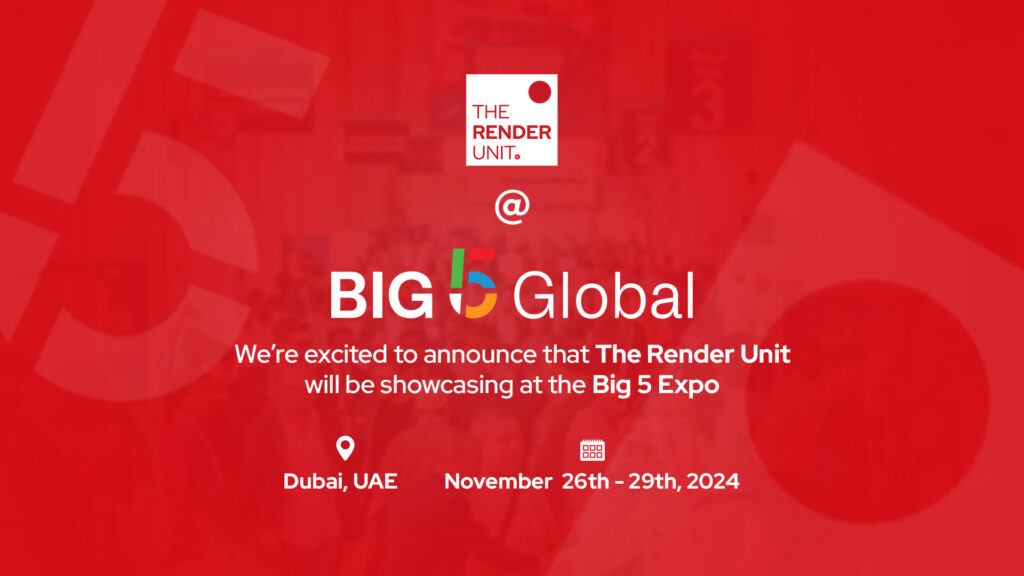
Architects, Engineers, and Interior designers rely heavily on computer-generated imagery (CGI) To create convincing visual representations of their work. Recent developments in computer-generated imagery have made it possible for architects and designers to create incredibly photorealistic render of their projects. Multiple variables, however, can affect the schedule of a CGI architecture project. In this article, we will discuss the seven factors that can affect architectural CGI project timing.
1. Project Scope
The length of time needed to complete an architectural CGI project is mostly determined by a few factors, the first of which is the project’s scope. It’s crucial to define the boundaries of a project before diving in headfirst. This includes figuring out the scope and difficulty of the undertaking, the necessary level of specificity, and the desired result. This can take a few hours to a few days, depending on how involved the project is.
2. Quality of Reference Materials
The timeliness of a building CGI project is also affected by the quality of the source materials used to build it. It is possible to shorten the duration of the project with the help of high-quality reference materials like thorough blueprints and precise 3D models. If the artist has to spend extra time researching and filling in the gaps because the reference materials are unreliable, the project timeline may extend.
3. Level of Detail
Timeliness also varies depending on the level of detail required for an architectural CGI project. It will take more time and effort to finish a project with a higher degree of detail than one with a lower level of complexity. For instance, if your project calls for sophisticated lighting and texturing effects, it will take more time to finish than one that takes less effort in those areas.

4. Complexity of the Design
The length of time needed to complete an architectural CGI project is also influenced by the intricacy of the design. It will take more time to complete a project with a complicated design, such as a large commercial structure or a complex interior space, than a similar project with a simpler design. This is because capturing the complexity of the design will need the artist to spend more time on intricate model creation and texture application.
5. Client Feedback
The timing of an architectural CGI project might also be affected by the client’s comments. The more comments made all through a project, the longer it will take to finish. This is due to the fact that the artist will need to make alterations and improvements in light of the client’s comments, which can lengthen the duration of the job.
6. Number of Revisions
The timeframe for completing an architectural CGI project is also heavily influenced by the number of adjustments that must be made to the original design. The longer a project takes to finish, the more changes are likely to be needed. This is because the artist will need to make adjustments to the project for each iteration, which can lengthen the overall schedule.
7. Project Deadlines
Last but not least, the due date of the project is a major impact in how quickly an architectural CGI project may be completed. A tight deadline may necessitate more manpower or a quicker turnaround time for a project. On the other side, if the artist has more time to work on the project, the result could be better.
In conclusion, Building CGI is a crucial resource for the design and construction industries. Scope, CGI quality, available resources, design modifications, client input, teamwork, and deadlines are just few of the elements that might affect architectural CGI project timing. If everyone involved is aware of these nuances, the project schedule can be better organized and managed.








